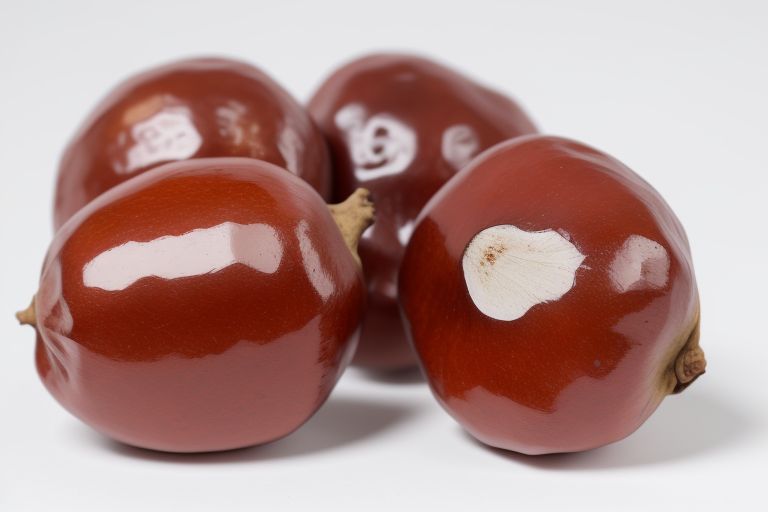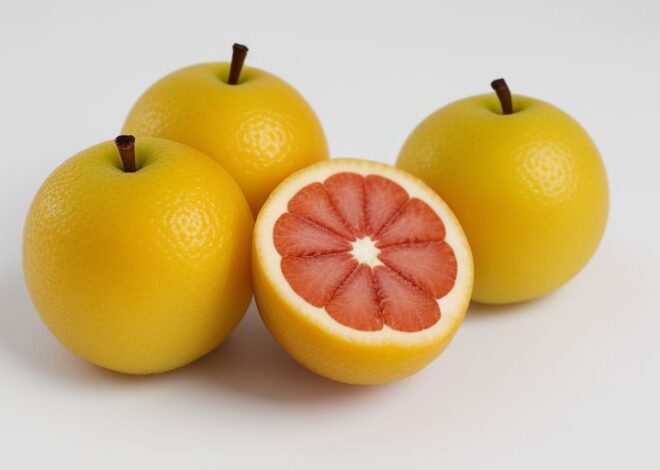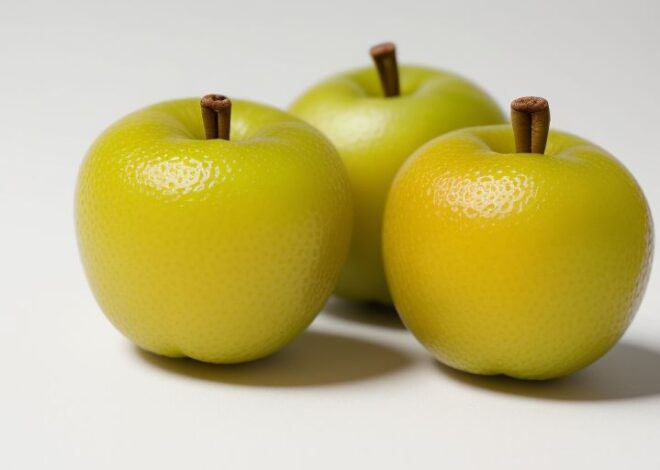
Medlar
Introduction
Medlar (Mespilus germanica) is a small, deciduous tree native to Europe, Western Asia, and North Africa. It has been cultivated for over 3,000 years, yet remains a relatively unknown fruit. Medlar’s unique characteristics, flavor, and uses make it a fascinating topic to explore.
Etymology
The name “medlar” comes from the Old English “medler,” derived from the Latin “mespilus,” meaning “middle” or “intermediate.” This refers to the fruit’s intermediate ripeness, which is neither sweet nor sour.
Description
Medlar is a small tree or shrub, growing up to 8 meters tall. Its leaves are dark green, elliptical, and serrated, with a soft, hairy underside. The fruit is a pome, similar to an apple, but with a distinctive shape and brown, wrinkled skin. The flesh is soft, white, and juicy, with a unique flavor.
Taxonomy and Cultivars
Medlar belongs to the Rosaceae family and is closely related to quinces and apples. There are several cultivars, including:
| Cultivar | Description |
|---|---|
| Notable | Large fruit, sweet flavor |
| Royal | Small fruit, sweet flavor |
| Dutch | Large fruit, acidic flavor |
| Stoneless | Fruit without stones (seeds) |
Distribution and Habitat
Medlar is native to Europe, Western Asia, and North Africa. It thrives in well-drained soil and full sun to partial shade.
Cultivation
Medlar is relatively easy to grow and maintain. It prefers well-drained soil and full sun to partial shade. Pruning is necessary to maintain shape and promote fruiting.
Production and Uses
Medlar fruit is used in jams, jellies, and desserts. The fruit is also used to make a sweet, fermented drink called “medlar wine.” Medlar wood is valued for furniture-making and woodworking.
Phytochemistry
Medlar contains various bioactive compounds, including:
- Flavonoids (quercetin, kaempferol)
- Phenolic acids (gallic acid, ellagic acid)
- Tannins
Flavor
Medlar’s flavor is unique, often described as:
- Sweet and slightly sour
- Similar to a combination of apples and quinces
- “A flavor that is both familiar and strange” (John Gerard, 16th-century botanist)
Toxicity
Medlar seeds and leaves contain amygdalin, a cyanogenic glycoside, which can release cyanide, a toxic compound. However, the fruit itself is safe to eat.
Nutrition
Medlar is a good source of:
- Fiber
- Vitamins (C, K)
- Minerals (potassium, manganese)
Culture
Medlar has a rich cultural history, featuring in literature and art throughout the ages. It is often associated with love, fertility, and abundance.
| Quote | Author |
|---|---|
| “The medlar is a fruit of love, and its flavor is like the kiss of a lover.” | 16th-century French proverb |
| “The medlar tree is a symbol of fertility, and its fruit is like the fruit of life.” | Ancient Greek myth |
In conclusion, medlar is a fascinating fruit with a rich history, unique flavor, and various uses. Its cultural significance and nutritional value make it a valuable addition to any garden or table.


